1. The Beatles
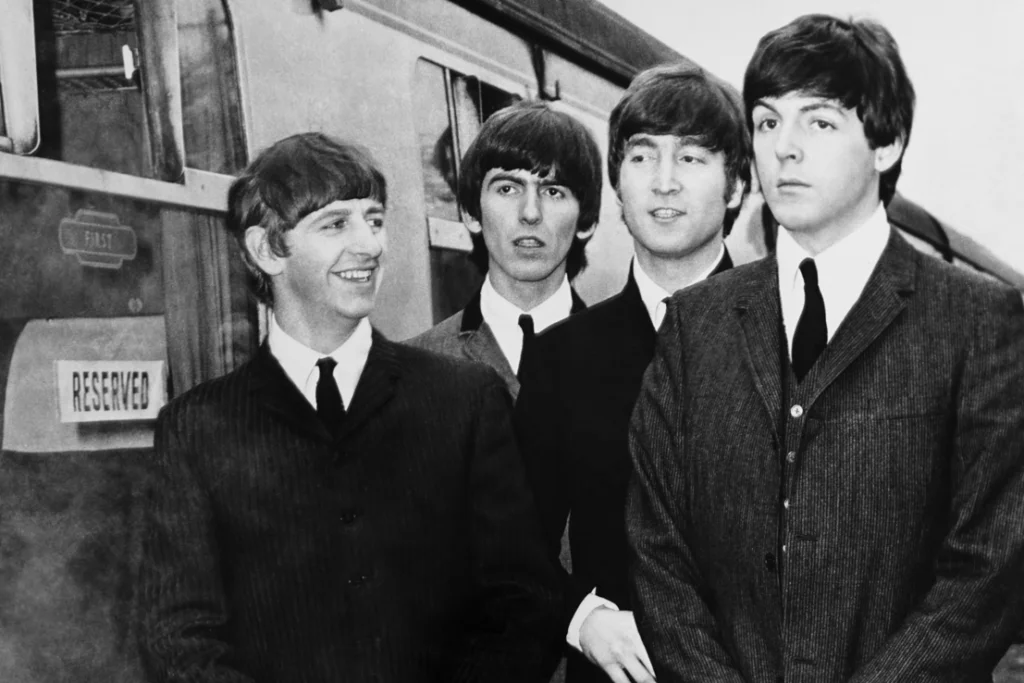
The Beatles, arguably the most influential band of the 20th century, revolutionized rock music in the ’60s with their innovative approach to songwriting and recording. With albums like Rubber Soul, Revolver, and Sgt. Pepper’s Lonely Hearts Club Band, they introduced new sound textures, complex harmonies, and experimental studio techniques that shaped rock music for decades to come. Their ability to blend genres, from rock and roll to folk and psychedelia, helped redefine the possibilities of pop and rock1
Their influence can still be heard in contemporary rock, as their songwriting remains a gold standard for both melody and lyrical depth. Iconic tracks like “Hey Jude” and “A Day in the Life” continue to inspire generations of musicians. Their contribution to the sound of modern rock cannot be overstated, as their legacy endures in nearly every genre.
2. Bob Dylan
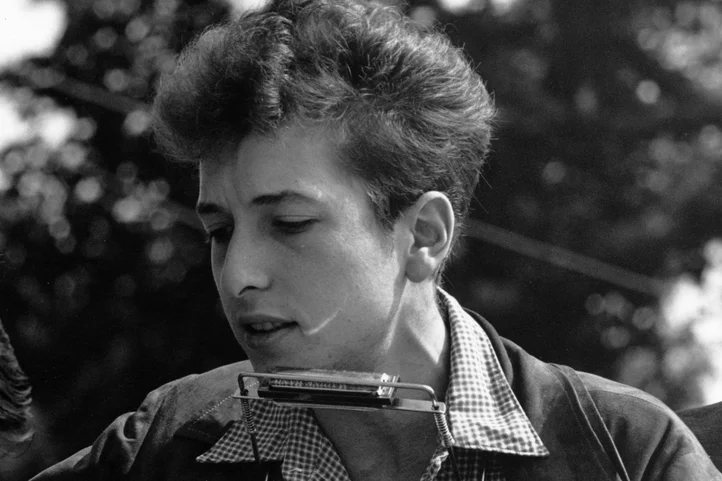
Bob Dylan changed the course of rock history with his poetic lyrics and folk-infused rock sound. His 1965 album Highway 61 Revisited marked his full embrace of electric rock, signaling a dramatic departure from his folk roots. His lyrical complexity and engagement with social issues helped set the stage for the more introspective and politically conscious lyrics that would dominate rock in the years to follow.
Dylan’s work shaped the development of genres like folk rock, protest rock, and alternative music. His influence is present in the music of artists ranging from Bruce Springsteen to Nirvana. Songs like “Blowin’ in the Wind” and “The Times They Are a-Changin'” remain poignant anthems of change, resonating with new generations of listeners.
3. The Rolling Stones
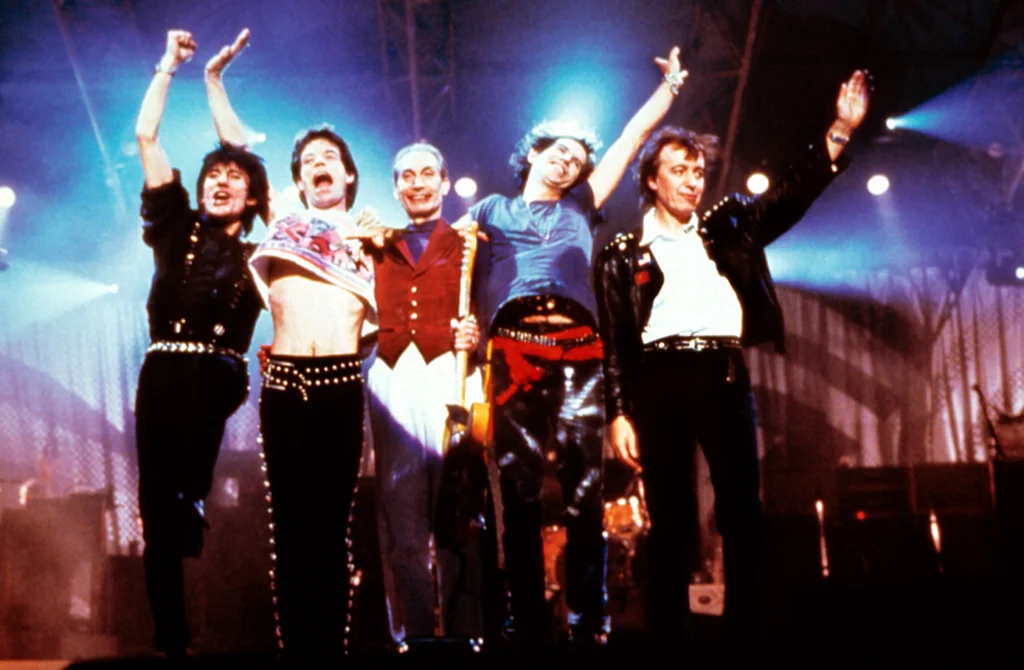
The Rolling Stones became synonymous with rock and roll, embodying the rebellious, gritty attitude that would come to define modern rock. Their blues-infused rock sound and unmatched stage presence captured the raw energy of the genre, with hits like “Satisfaction” and “Paint It, Black” still in heavy rotation. In the ’60s, they blended rhythm and blues, rock, and even country to create a unique sound that would influence countless bands.
Their enduring success and influence are a testament to the power of their music, which continues to shape rock to this day. With Mick Jagger’s energetic persona and Keith Richards’ guitar mastery, the Stones set a blueprint for how rock bands would both perform and compose. Their legacy is as much about attitude as it is about their groundbreaking music.
4. Jimi Hendrix
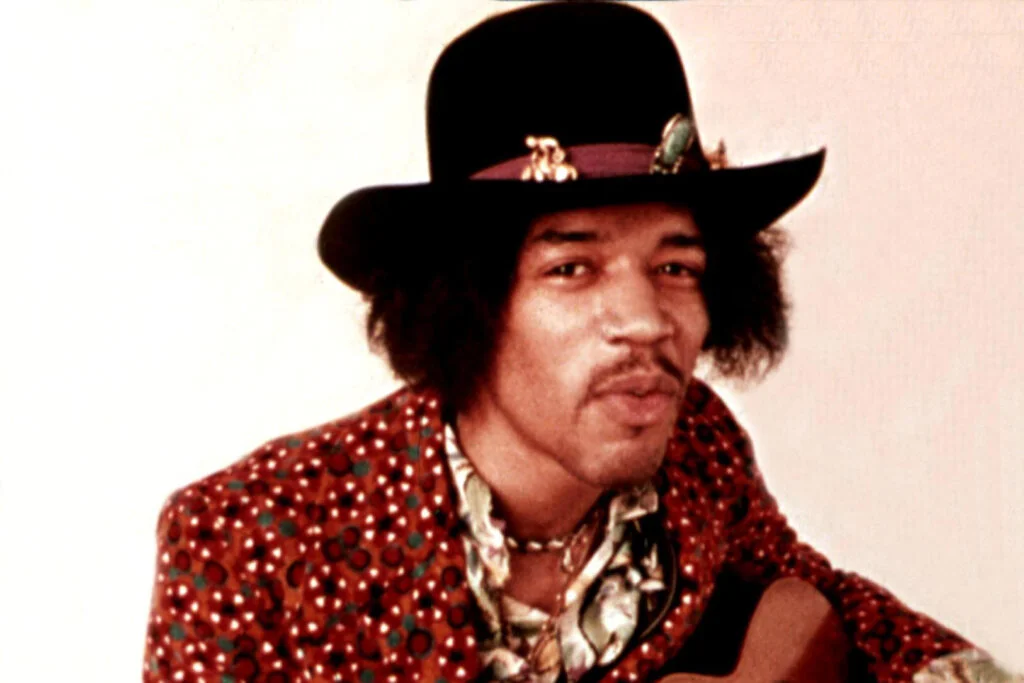
Jimi Hendrix’s electric guitar mastery redefined what was possible with the instrument, pushing it to its sonic limits. His performance at Woodstock in 1969, particularly his rendition of “The Star-Spangled Banner,” cemented his place as a rock legend. Hendrix’s ability to blend blues, rock, psychedelia, and experimental sounds set the stage for future generations of rock musicians.
His influence on the sound of modern rock can’t be overstated, as his innovative techniques, such as feedback manipulation and distortion, became staples of rock guitar playing. Songs like “Purple Haze” and “Voodoo Child (Slight Return)” remain benchmarks for rock guitarists, showcasing his unmatched creativity and technical prowess.
5. The Beach Boys
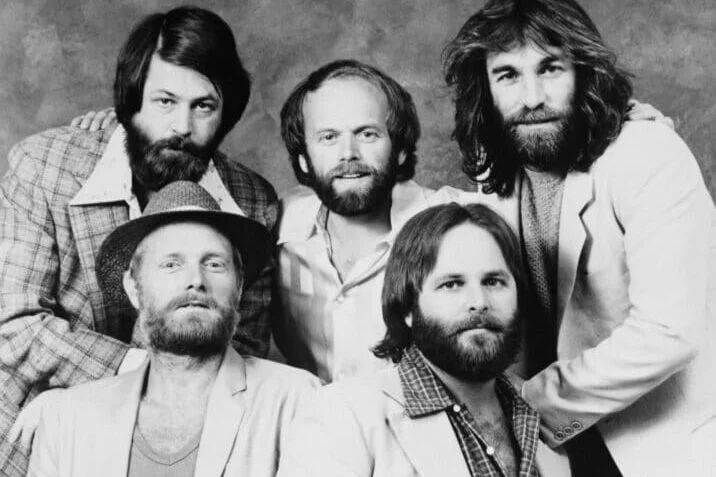
The Beach Boys pushed the boundaries of pop and rock with their intricate vocal harmonies and lush production techniques. Their 1966 album Pet Sounds is often considered one of the greatest albums in rock history, influencing countless artists and albums that followed. The Beach Boys’ use of complex arrangements, unconventional instruments, and experimental studio techniques set the stage for the psychedelic rock movement.
Their impact can be heard in the music of artists like Brian Wilson’s own protegé, Fleet Foxes, and even the Beatles, who were inspired by Pet Sounds when making Sgt. Pepper’s. With tracks like “Good Vibrations” and “God Only Knows,” the Beach Boys helped shape the sound of modern pop and rock, making their legacy one of lasting influence.
6. The Doors
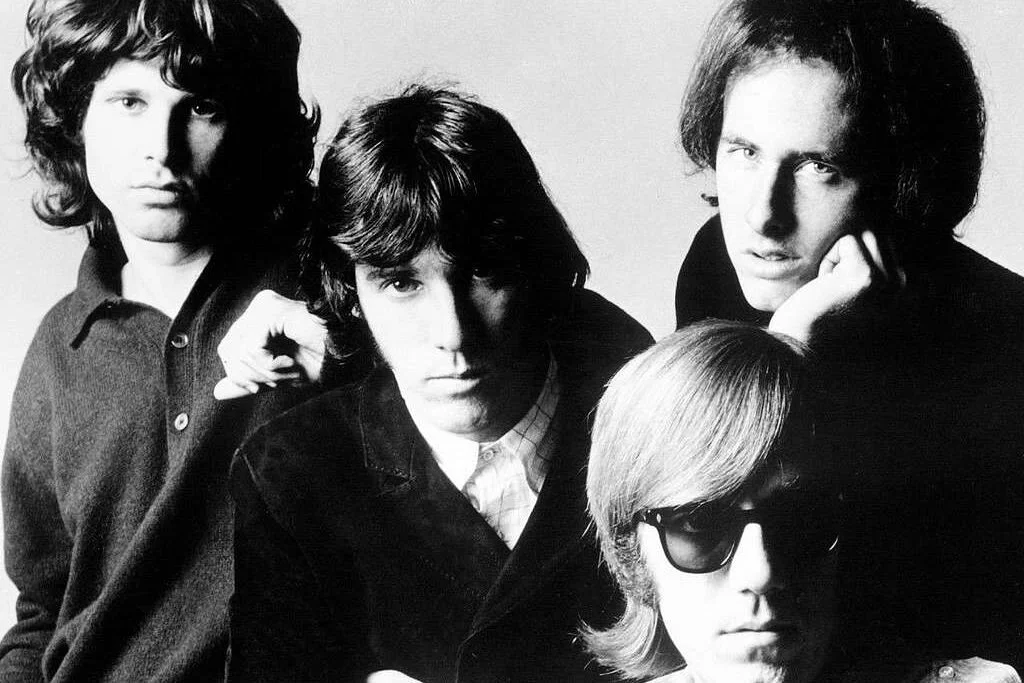
The Doors combined rock with elements of jazz, blues, and psychedelia, creating a hauntingly unique sound. Jim Morrison’s dark, poetic lyrics, combined with Ray Manzarek’s keyboards and Robby Krieger’s guitar work, gave the band a signature style that pushed the boundaries of what rock could be. Their eponymous debut album and hits like “Light My Fire” showcased their ability to fuse experimentation with mainstream appeal.
Their influence on the development of psychedelic rock and alternative music is undeniable, as many bands followed in their footsteps by exploring darker, more introspective themes. The Doors’ willingness to challenge convention with songs like “The End” and “Riders on the Storm” set a precedent for the risks future rock bands would take.
7. The Kinks
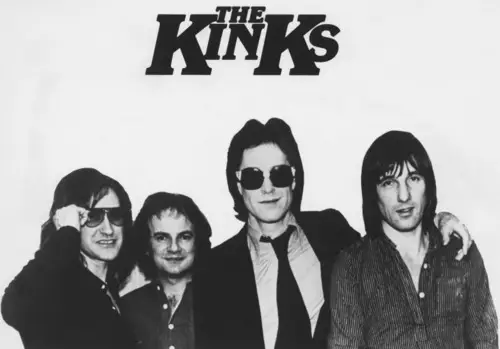
The Kinks, often overshadowed by other British Invasion bands, were pioneers in creating a distinctive blend of rock, pop, and even early punk influences. Their 1964 hit “You Really Got Me” is often credited with inspiring the heavy, distorted guitar riffs that would become a hallmark of hard rock and metal. Their exploration of English culture, working-class themes, and social commentary also paved the way for future rock music’s narrative depth.
Songs like “Lola” and “Waterloo Sunset” introduced a storytelling approach that influenced the development of concept albums and theatrical rock. The Kinks’ impact can be seen in the music of bands like The Clash, Oasis, and Blur, who embraced their blend of working-class realism and musical innovation.
8. The Who
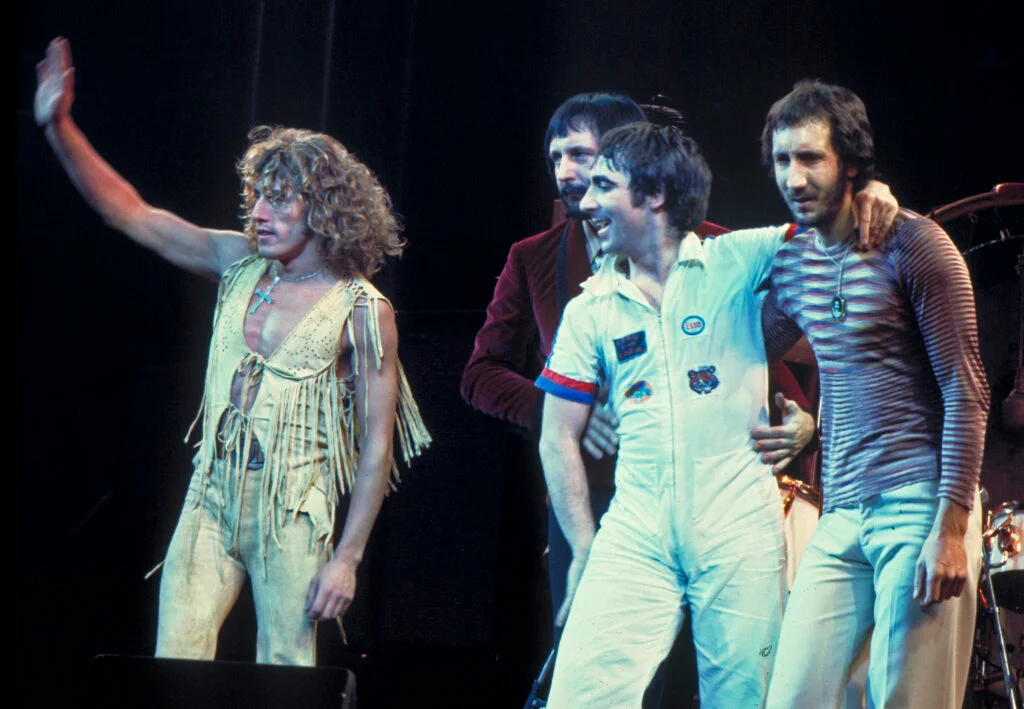
The Who’s explosive energy and mastery of the live performance set them apart as one of the most influential bands in rock history. Known for their pioneering work in creating the rock opera, albums like Tommy (1969) helped establish the concept album as a viable format for rock music. Their unique blend of power chords, mod-inspired style, and explosive drumming created a sound that resonated with youth culture.
Their stage presence, led by the iconic Pete Townshend and Roger Daltrey, revolutionized the way rock bands would perform. Songs like “My Generation” and “Baba O’Riley” set the tone for future generations of rock musicians who wanted to capture the same rebellious spirit. Their innovation in both music and live performance continues to influence rock to this day.
9. James Brown
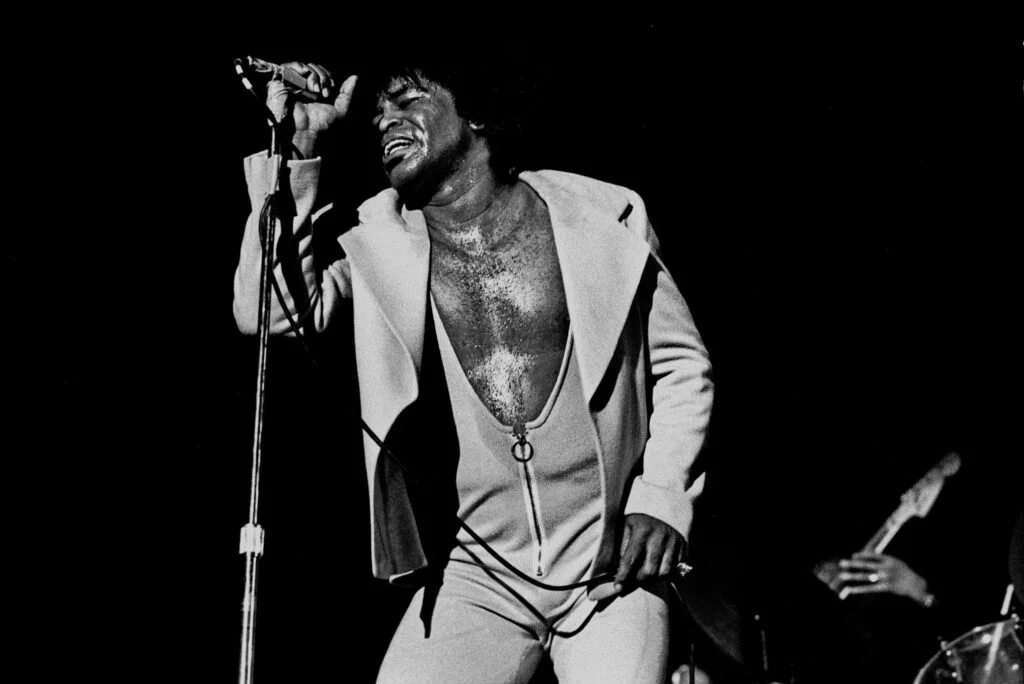
James Brown is often considered the godfather of soul, but his influence on rock music cannot be overlooked. His energetic performances and groundbreaking approach to rhythm laid the foundation for funk and soul, and his aggressive guitar riffs and syncopated rhythms were embraced by rock musicians in the ’60s. His songs like “I Got You (I Feel Good)” became anthems that influenced both R&B and rock.
Brown’s impact on modern rock can be seen in the way his rhythm-driven style influenced artists like Prince and Michael Jackson, who incorporated his energetic performances and rhythmic sensibility into their own music. His fusion of soul, jazz, and rhythm and blues opened up new possibilities for rock musicians looking to experiment with sound.
10. Aretha Franklin
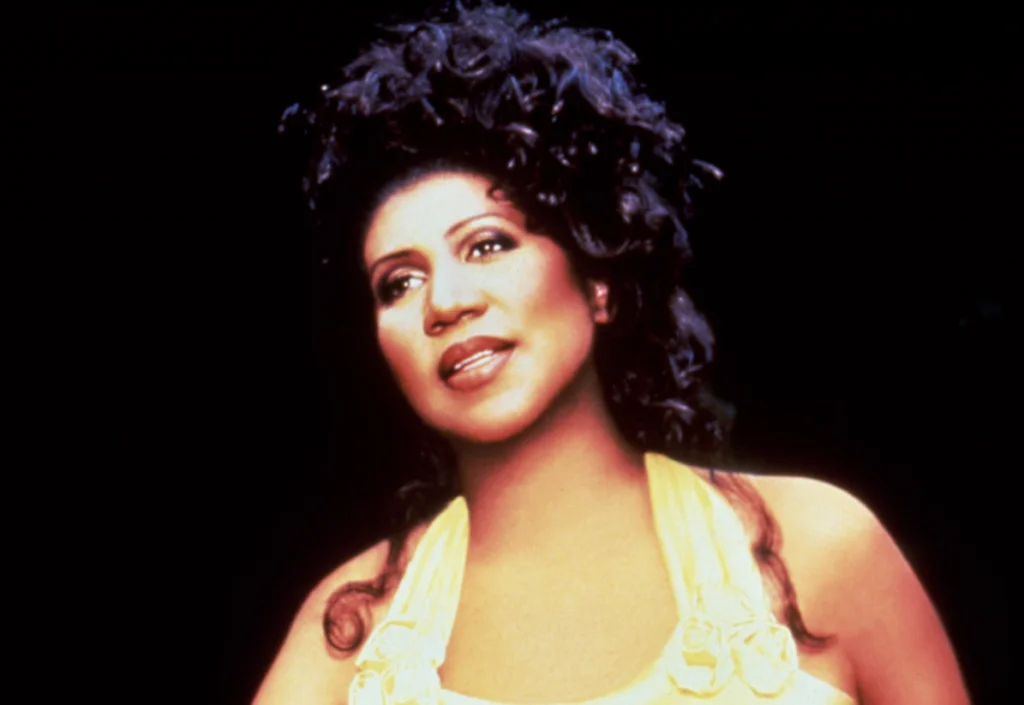
Aretha Franklin, the “Queen of Soul,” not only reshaped soul and R&B but also had a profound impact on rock music. Her powerful voice and ability to blend gospel, blues, and jazz elements into her music made her one of the most respected artists of the 1960s. Songs like “Respect” and “Chain of Fools” became anthems of empowerment and influenced many rock musicians who drew inspiration from her raw emotion and vocal style.
Franklin’s ability to seamlessly bridge the gap between soul, pop, and rock made her an important figure in the evolution of rock music. Her influence can be heard in the music of rock icons such as Janis Joplin, who emulated Franklin’s vocal intensity and emotional depth in her own performances.
11. The Byrds
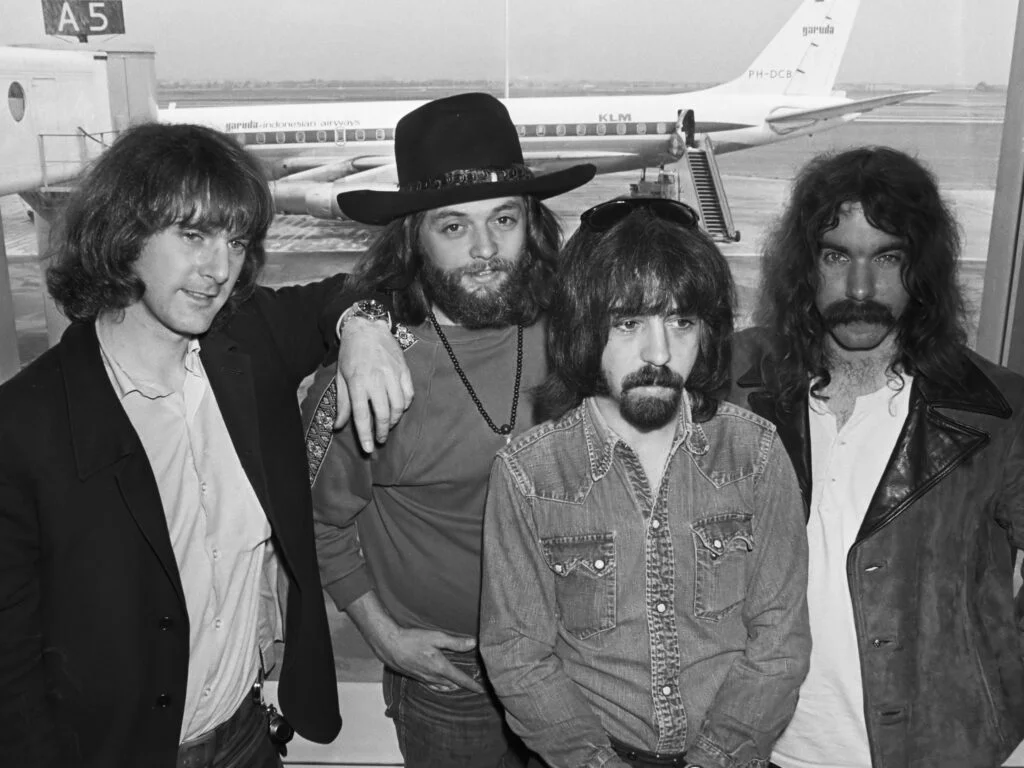
The Byrds helped popularize the folk-rock sound that became a cornerstone of ’60s rock. Their jangly guitars and harmonies, inspired by the Beatles and folk music, created a new musical fusion that paved the way for other bands to experiment with rock’s boundaries. Their hit “Mr. Tambourine Man,” written by Bob Dylan, is one of the most iconic tracks in the folk-rock genre.
The Byrds’ influence is evident in the development of country rock and the rise of bands like R.E.M. and Tom Petty and the Heartbreakers, who took their blend of folk, rock, and country and built upon it. Their sound shaped the landscape of ’60s rock, marking them as key figures in its evolution.
12. The Velvet Underground
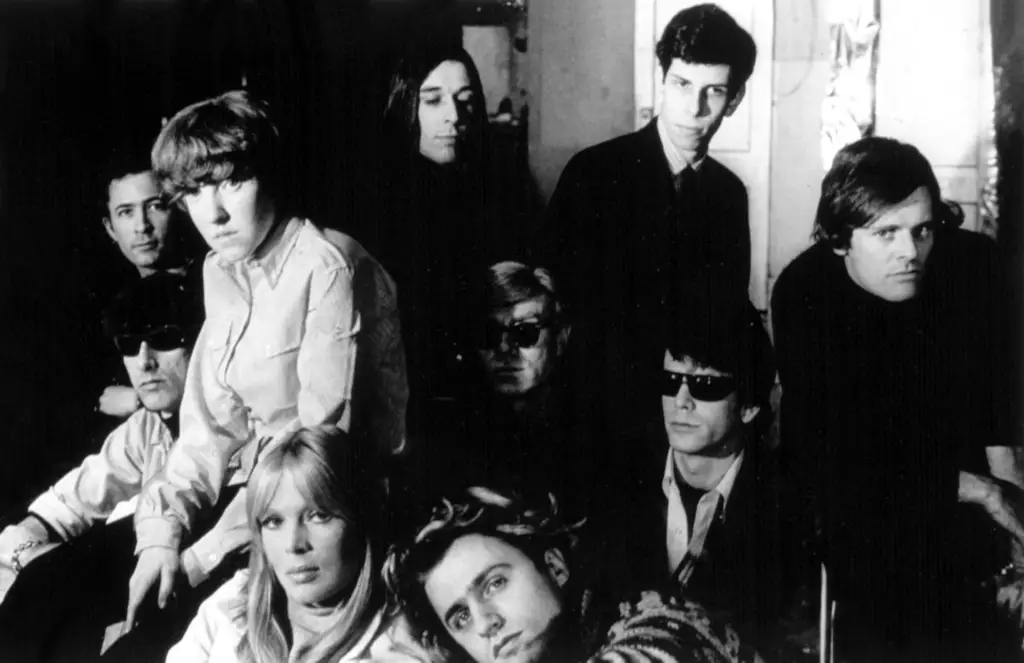
The Velvet Underground’s avant-garde approach to rock music may have been too experimental for mainstream audiences in the ’60s, but their influence on modern rock is undeniable. With Lou Reed’s raw, poetic lyrics and their mix of minimalism and noise rock, the band helped lay the foundation for alternative rock and punk music. Their 1967 album The Velvet Underground & Nico was ahead of its time, influencing everything from glam rock to post-punk.
The band’s experimentation with unconventional sounds and taboo subjects opened the door for future rock bands to push boundaries. Their influence can be heard in bands like Sonic Youth, Nirvana, and The Strokes, all of whom adopted elements of the Velvet Underground’s fearless approach to rock music.
13. Simon & Garfunkel

Simon & Garfunkel, with their folk-rock sound and harmonically rich vocals, helped shape the sound of ’60s rock. Their albums, including Bridge Over Troubled Water, were marked by their melodic precision and lyrical sophistication. Songs like “The Sound of Silence” and “Mrs. Robinson” became anthems of the counterculture movement and remain quintessential examples of ’60s folk rock.
Their ability to merge folk, pop, and rock with introspective lyrics set a standard for singer-songwriters who would follow. The duo’s influence continues to resonate in the music of artists like James Taylor and Paul Simon’s solo work, which still draws from their deep connection to melody and narrative.
14. Otis Redding
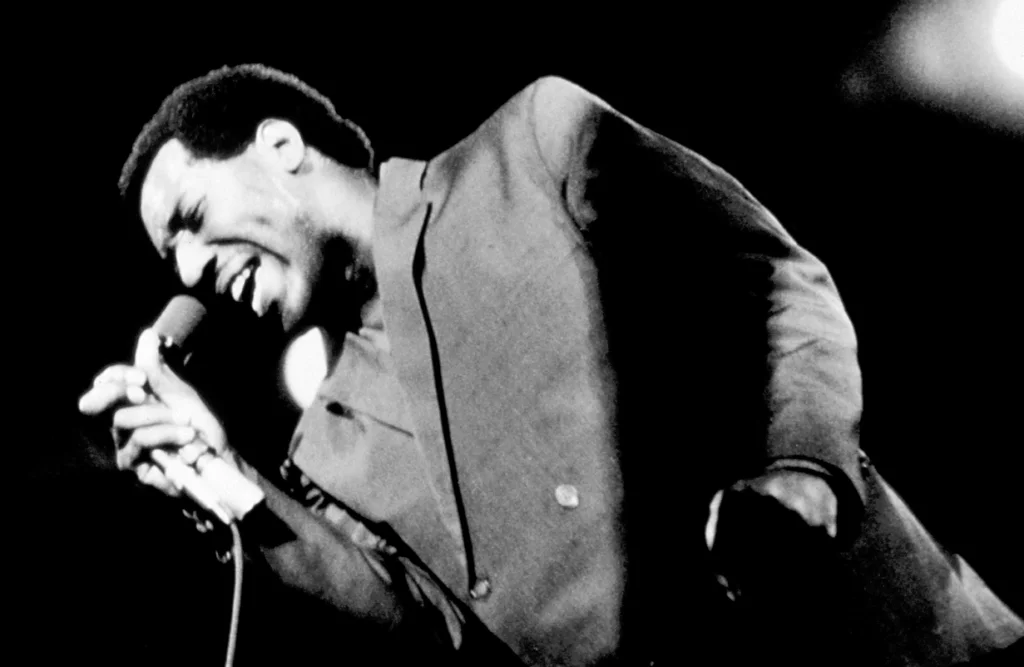
Otis Redding was a soul singer whose passionate delivery and emotional depth shaped the sound of modern rock. His hit “Try a Little Tenderness” and the iconic “Sittin’ On The Dock of the Bay” blended soul, rhythm and blues, and gospel into a sound that would influence countless rock bands. Redding’s raw intensity and vocal power captured the attention of both soul and rock audiences.
His contributions to the rock genre are immeasurable, as artists like Eric Clapton and Steve Cropper drew from his emotional depth and ability to connect with an audience. His music remains timeless, as rock musicians continue to be inspired by his passionate performances and soulful sound.
15. The Zombies
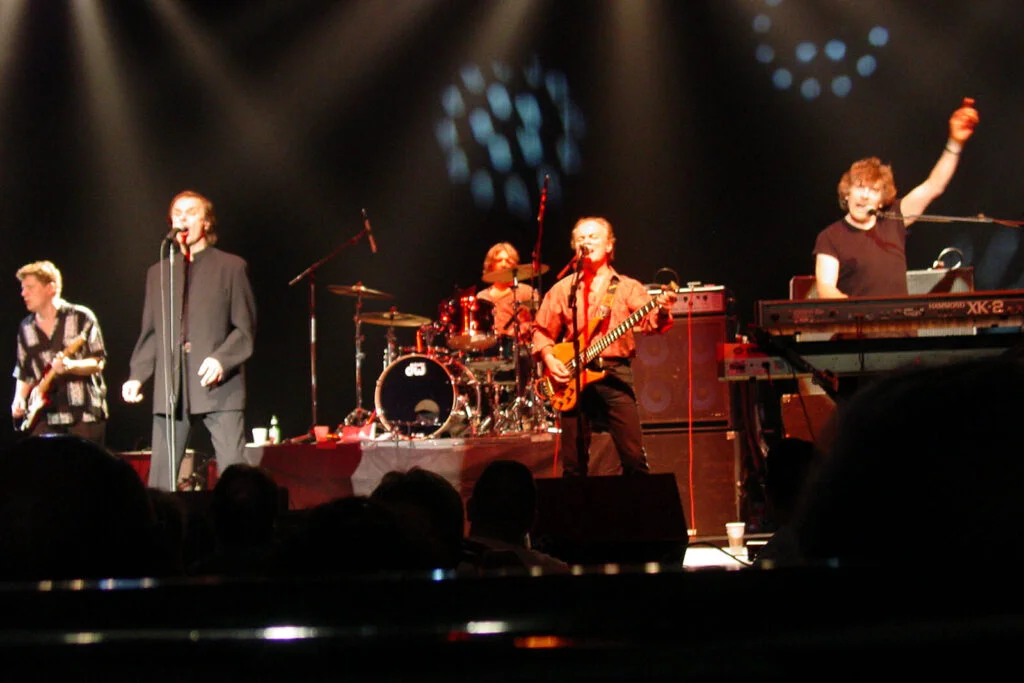
The Zombies’ innovative use of orchestration and complex song structures helped define the ’60s psychedelia movement. Their 1968 album Odessey and Oracle is considered a psychedelic rock masterpiece, blending baroque pop, jazz, and soul into a sound that would influence future generations of musicians. Tracks like “Time of the Season” and “She’s Not There” showcased their ability to blend experimental rock with accessible pop melodies.
Their legacy can be heard in the music of artists like The Flaming Lips and MGMT, who have continued the Zombies’ tradition of blending experimental sound with pop sensibilities. The Zombies’ influence on the psychedelic rock genre is immeasurable, and their unique approach to music production continues to inspire musicians today.
16. The Mamas & The Papas
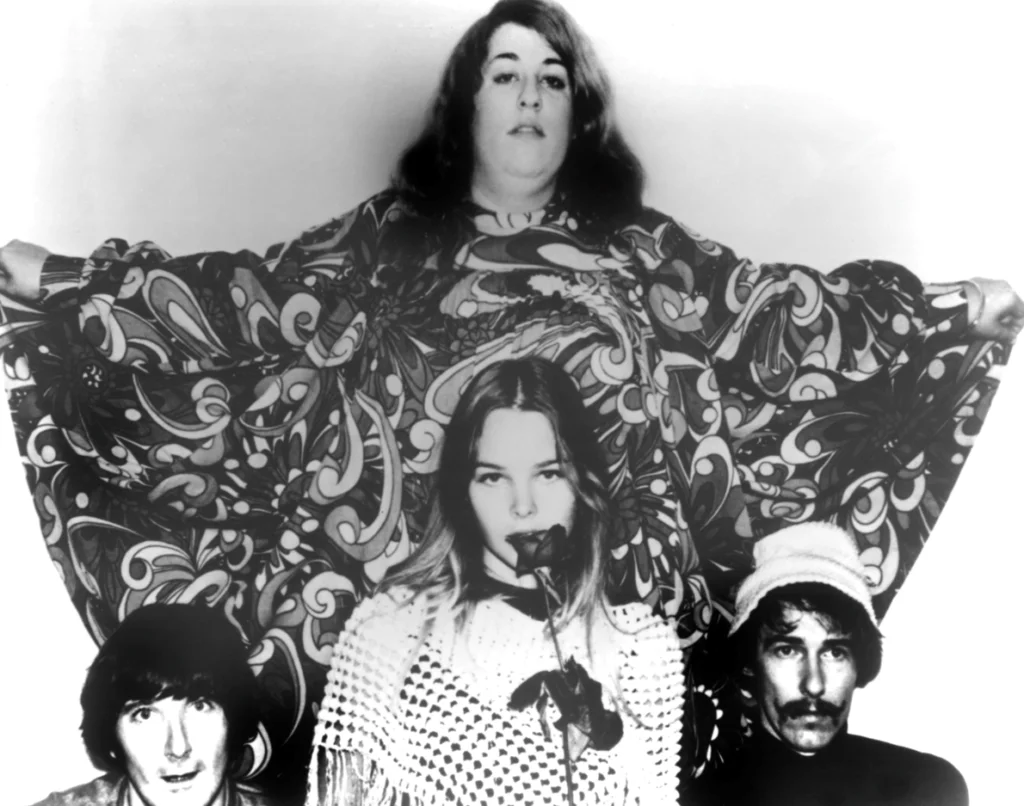
The Mamas & The Papas played a crucial role in shaping the sound of folk rock in the ’60s. With their lush harmonies and dreamy melodies, they created a sound that was both nostalgic and progressive. Their hits like “California Dreamin'” and “Monday, Monday” became anthems of the counterculture movement, blending folk, rock, and pop into a seamless fusion.
Their influence on modern rock is undeniable, as their unique vocal arrangements and introspective lyrics paved the way for future folk rock and pop rock bands. Artists like Fleetwood Mac and Crosby, Stills, Nash & Young have cited them as a significant influence in their own music, continuing the legacy of harmony-driven rock music.


